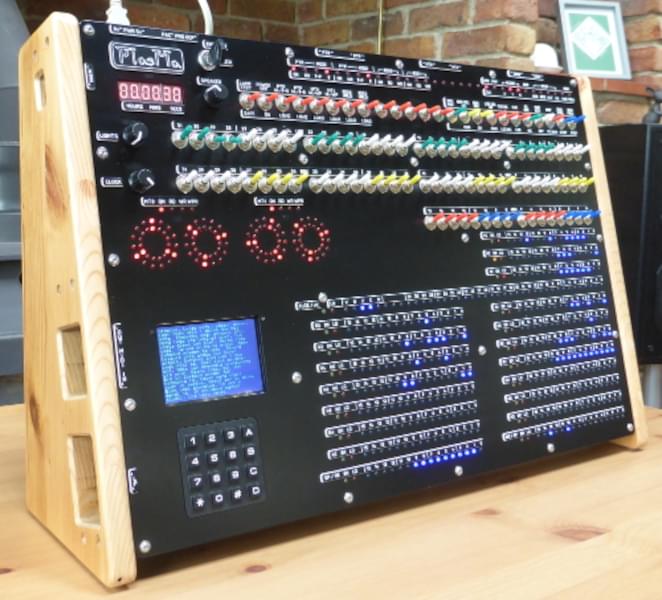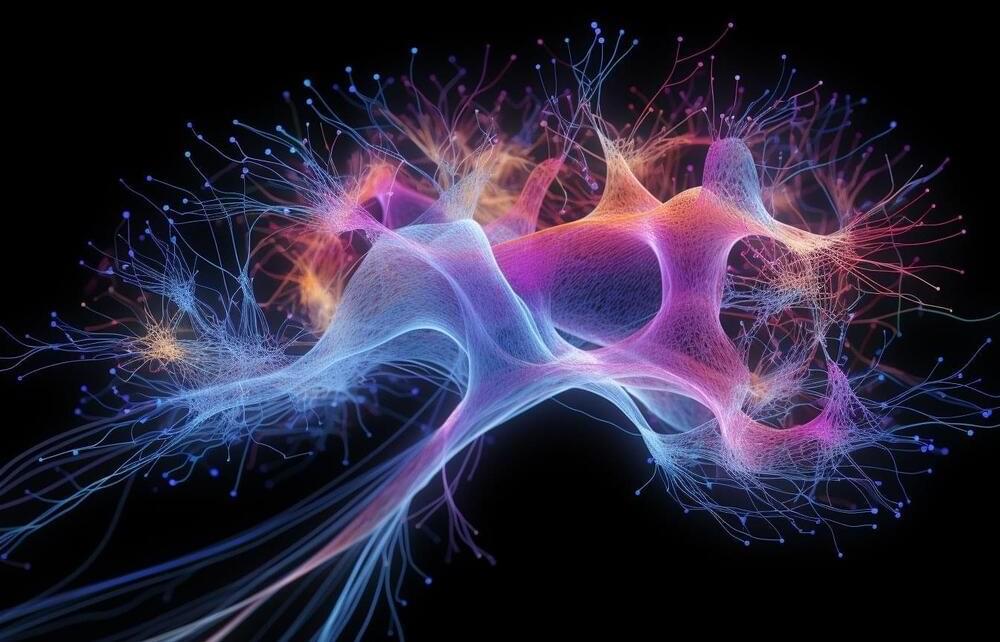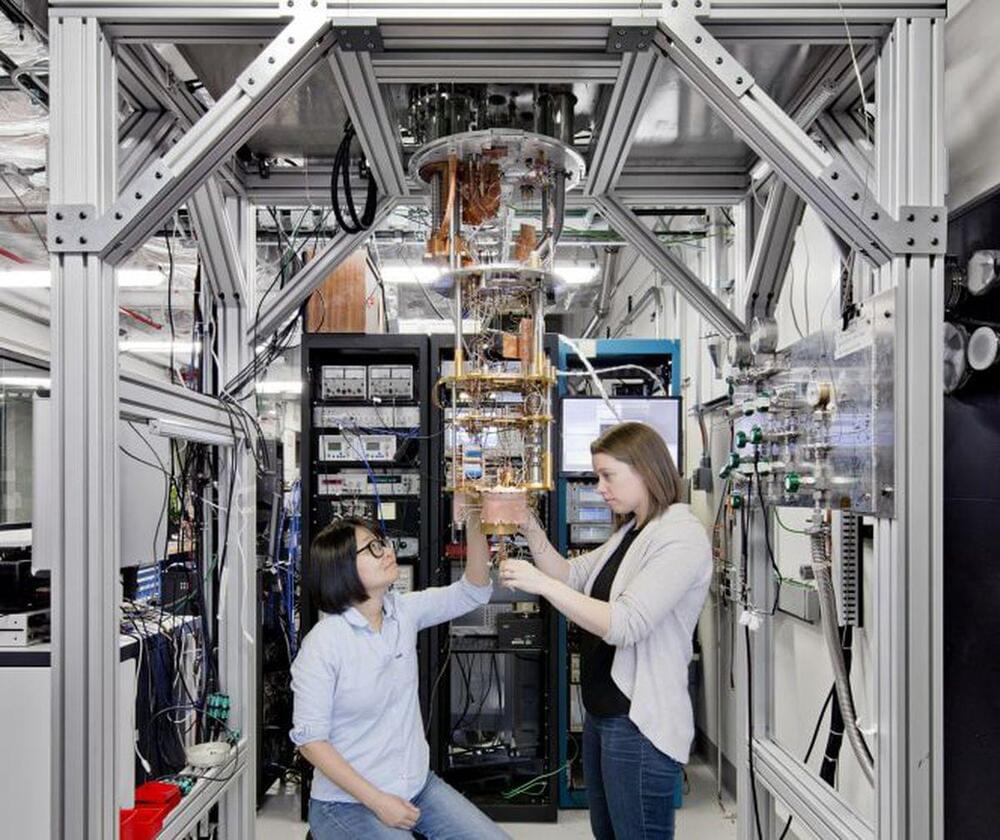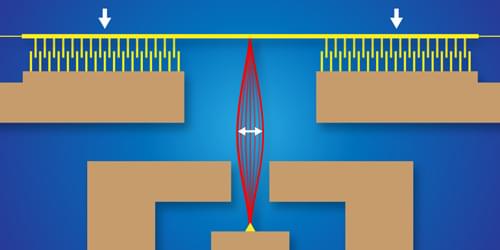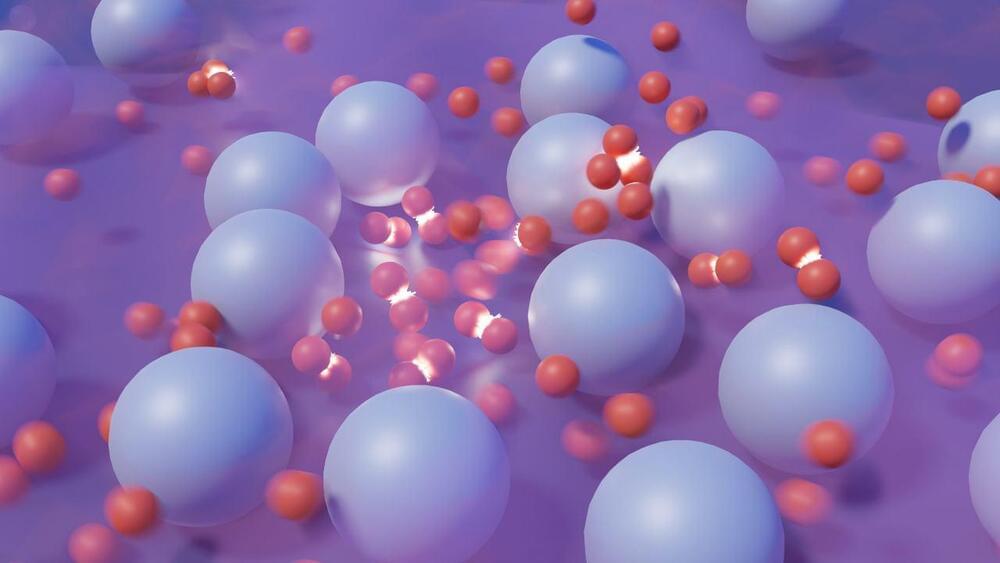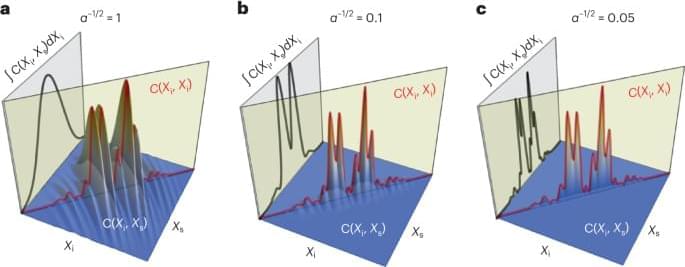
Photonic qudits are emerging as an essential resource for environment-resilient quantum key distribution, quantum simulation and quantum imaging and metrology1. The availability of unbounded photonic degrees of freedom, such as time-bins, temporal modes, orbital angular momentum (OAM) and radial number1, allows for encoding large amounts of information in fewer photons than would be required by qubit-based protocols (for example, when using only polarization). At the same time, the large dimensionality of these states, such as those emerging from the generation of photon pairs, poses an intriguing challenge for what concerns their measurement. The number of projective measurements necessary for a full-state tomography scales quadratically with the dimensionality of the Hilbert space under consideration2. This issue can be tackled with adaptive tomographic approaches3,4,5 or compressive techniques6,7, which are, however, constrained by a priori hypotheses on the quantum state under study. Moreover, quantum state tomography via projective measurement becomes challenging when the dimension of the quantum state is not a power of a prime number8. Here we try to tackle the tomographic challenge, in the specific contest of spatially correlated biphoton states, looking for an interferometric approach inspired by digital holography9,10,11, familiar in classical optics. We show that the coincidence imaging of the superposition of two biphoton states, one unknown and one used as a reference state, allows retrieving the spatial distribution of phase and amplitude of the unknown biphoton wavefunction. Coincidence imaging can be achieved with modern electron-multiplying charged coupled device cameras12,13, single photon avalanche diode arrays14,15,16 or time-stamping cameras17,18. These technologies are commonly exploited in quantum imaging, such as ghost imaging experiments19 or quantum super-resolution20,21, as well as for fundamental applications, including characterizing two-photon correlations13,22, imaging of high-dimensional Hong–Ou–Mandel interference23,24,25, and visualization of the violation of Bell inequalities26. Holography techniques have been recently proposed in the context of quantum imaging27,28,29; demonstrating the phase-shifting digital holography in a coincidence imaging regime using polarization entanglement27, and exploiting induced coherence, that is, the reconstruction of phase objects through digital holography of undetected photons28.
In this work, we focus on the specific problem of reconstructing the quantum state (in the transverse coordinate basis) of two photons emerging from degenerate spontaneous parametric down-conversion (SPDC). These states are characterized by strong correlations in the transverse position (considered on the plane where the two-photon generation happens), which can be observed in other kinds of photon sources such as cold atoms30. In these sources, the two-photon wavefunction strongly depends on the shape of the pump laser used to induce the down-conversion process31. The most commonly used approach in the literature to reconstruct the biphoton state emitted by a nonlinear crystal is based on projective techniques32,33,34. This method has drawbacks concerning measurement times (as it needs successive measurements on non-orthogonal bases) and the signal loss due to diffraction. We proposed an imaging-based procedure capable of overcoming both of the issues mentioned above, while giving the full-state reconstruction of the unknown state. The core idea lies in assuming the SPDC state induced by a plane wave as known, and in superimposing this state with the unknown biphoton state. Unless the superposition is achieved directly on the crystal plane, a full analysis of the four-dimensional distribution of coincidences is necessary to retrieve the interference between the two wavefunctions. This information can be visualized by observing coincidence images, defined as marginals of the coincidence distribution obtained integrating over the coordinates of one of the two photons. In fact, obtaining coincidence images after post-selecting specific spatial correlations allows retrieval of the phase information, likewise in cases in which the state does not exhibit sharp spatial correlations. We demonstrate this technique for pump beams in different spatial modes, including Laguerre–Gaussian (LG) and Hermite–Gaussian (HG) modes. We investigate several physical effects from the reconstructed states, such as OAM conservation, the generation of high-dimensional Bell states, parity conservation and radial correlations. Remarkably, we show how, from a simple measurement, one can retrieve information about two-photon states in arbitrary spatial mode bases without the efficiency and alignment issues that affect previously implemented projective characterization techniques. Depending on the source brightness and the required number of detection events, the measurement time can be of the order of tens of seconds, whereas the previously implemented projective techniques required several hours and were limited to the exploration of a small subspace of spatial modes. As a latter example, we give a proof of principle demonstration of the use of this technique for quantum imaging applications.
